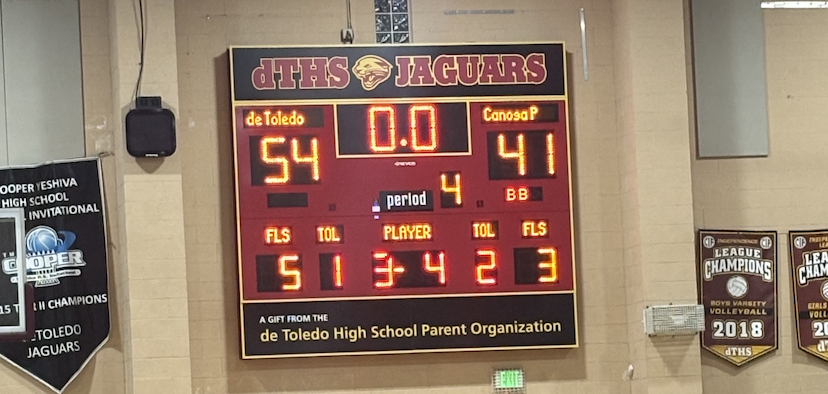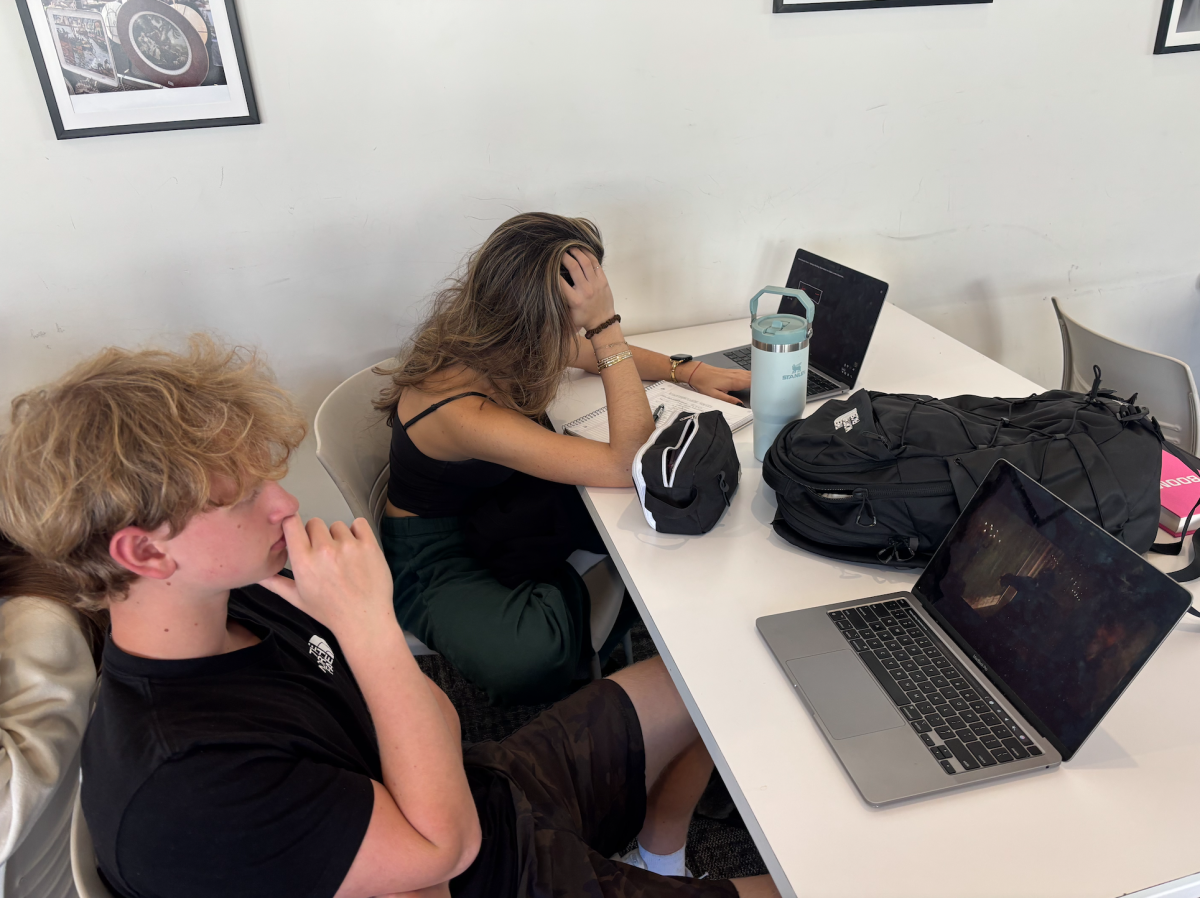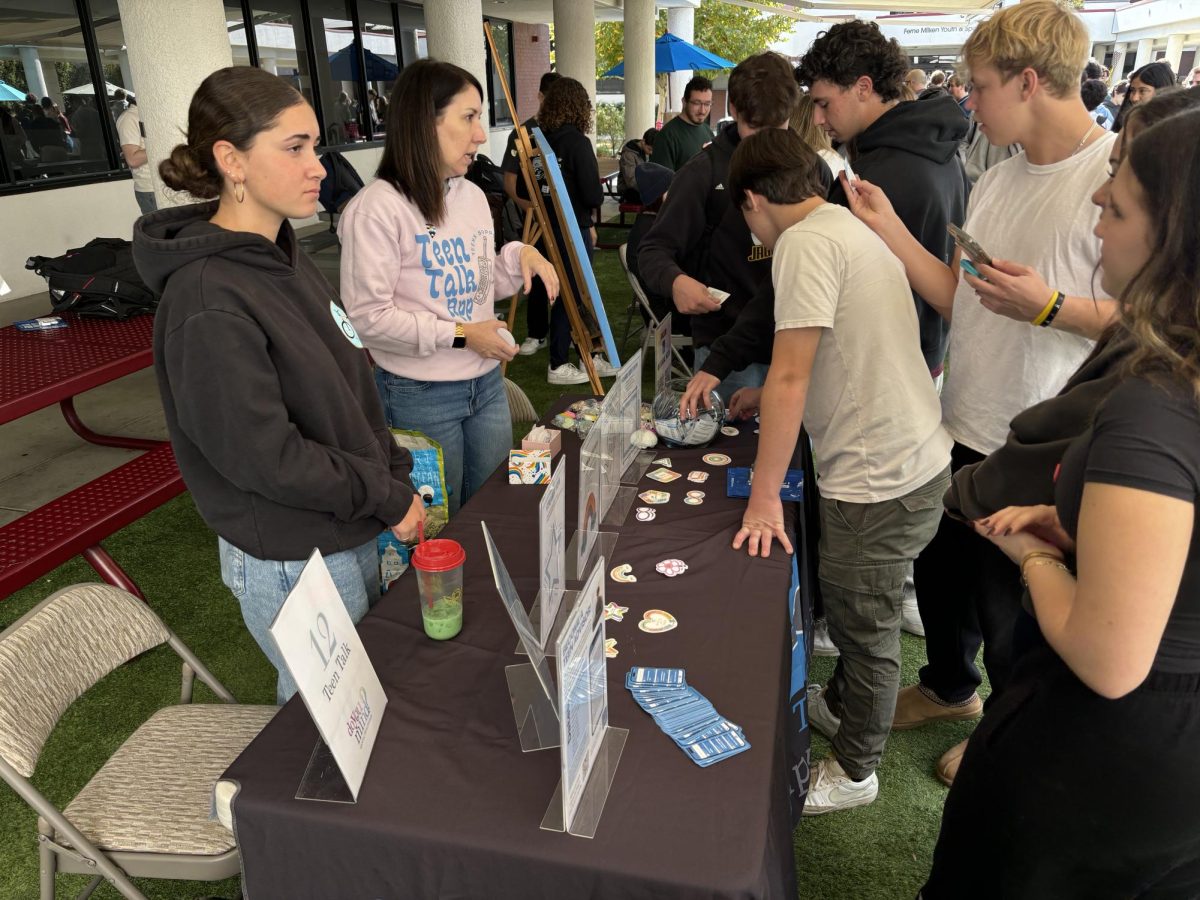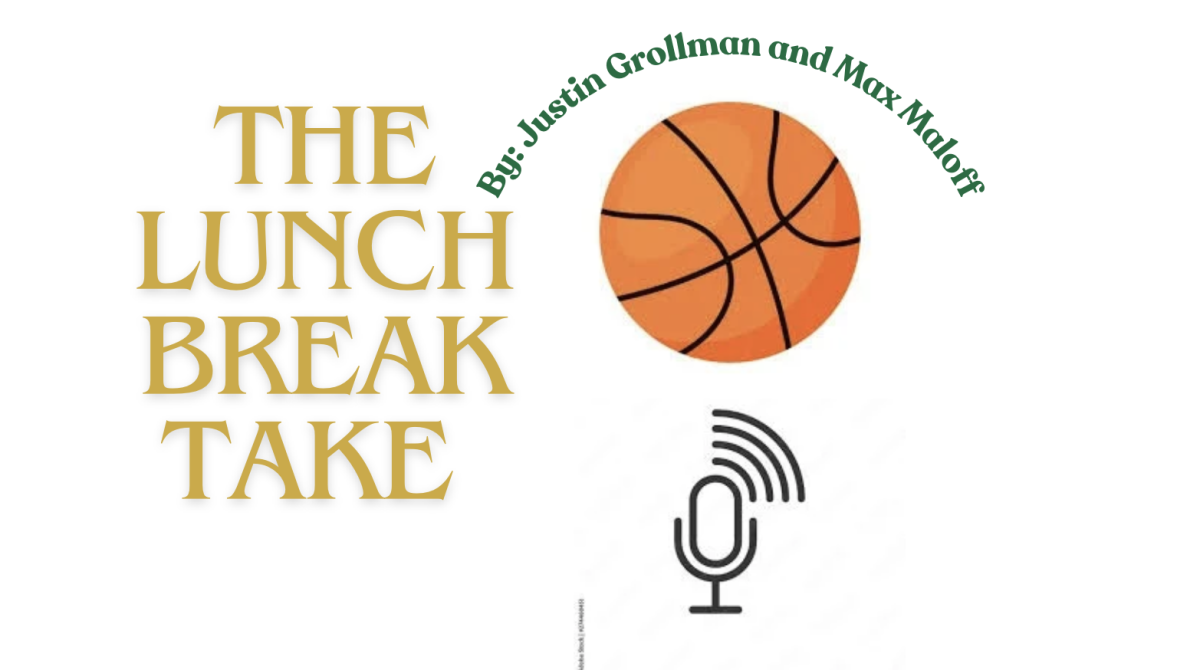The opinions expressed in this article are the author’s own and do not necessarily represent the views of The Prowler.
Last year I definitely struggled in school. I would often blame my teachers for not having enough time when, in reality, the only person to blame was myself. I had to confess to myself in order to have a major wake up call. My actions were not reflecting the type of student or person I wanted to be, and I realized I might not able to change until I could acknowledge my mistakes.
In Taylor Swift’s song, “This is Me Trying,” her confessions of fear, regret and trying to improve connect deeply with her audience. Her confessions validate our own struggles and inspire us to use our mistakes as an opportunity to improve rather than give up.
Both Swift and I had to make deep, honest confessions about who we really were and what we needed to do to become the best versions of ourselves.
Swift starts off the song by expressing her fears about being unlovable in her relationship: “I didn’t know if you’d care if I came back,” she confesses. She feels she is not worthy of this relationship and thinks that she is so unlovable that her partner would not care if she came back.
Then she opens up about how her fears have led her to become suicidal: “Pulled the car off the road to the look-out/Could’ve followed my fears all the way down,” she writes, referring to driving her car off the cliff rather than facing her own fears.
It is often hard for people to get out of their own heads, and that is true even for Swift, a billionaire entrepreneur and pop star. When she confesses in this line that her fears have taken control of her, it helps her listeners empathize with their own problems because of Swift’s struggles.
Swift also explores themes of regret about her past behavior in her relationship. In the line, “They told me all my cages were mental,” Swift refers to how her biggest problems in relationships were her own thoughts that led to her making irrational decisions. She “got wasted like all her potential” and used alcohol to numb her regret about her past actions.
She also regrets blaming her partner for her actions through the lines “And my words shoot to kill when I’m mad,/I have a lot of regrets about that.” She was so blinded by wanting to make the relationship work that she couldn’t even realize that she was also part of the problem.
Swift then explores themes of self improvement, which leads her audience to feel seen. In the lines “And maybe I don’t quite know what to say, I just wanted you to know, That this is me trying…” Swift talks about how she had no idea what to do to get better. All she knew was that she loved her partner and was going to do anything to let him know that she still had feelings for him.
Swift goes to her partner’s house in the middle of the night because she wants him to know that she’s trying to improve. She doesn’t know what to say to him besides the fact that she wants to get better. She uses repetition because she wants to emphasize that she really is trying to improve.
In “This Is Me Trying,” Swift’s raw expressions of fear and regret build a strong bond with her audience, validating their struggles and inspiring resilience. By sharing her mistakes and ongoing journey toward self-improvement, Swift normalizes the universal experience of facing challenges, encouraging listeners to perceive mistakes as stepping stones for growth.
Swift’s honesty inspires listeners to embrace their flaws and learn from their mistakes through the song. In doing so, Swift inspired me, in particular, to confess to myself about who I really was and, in the end, make the changes I needed to make to become a better person.































